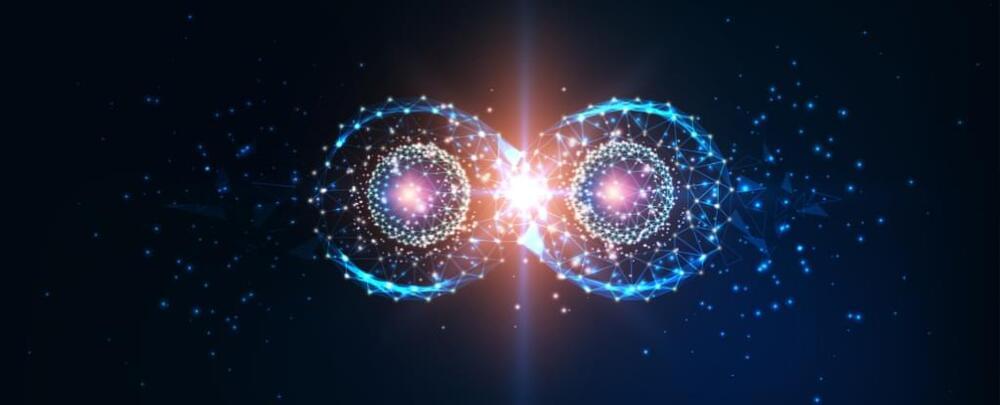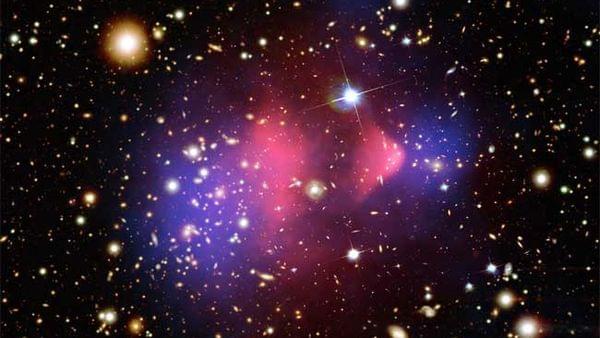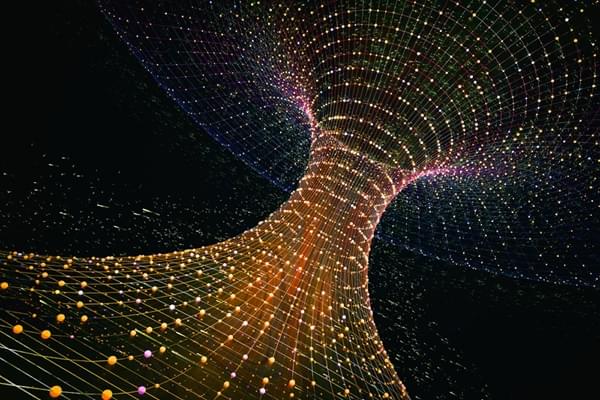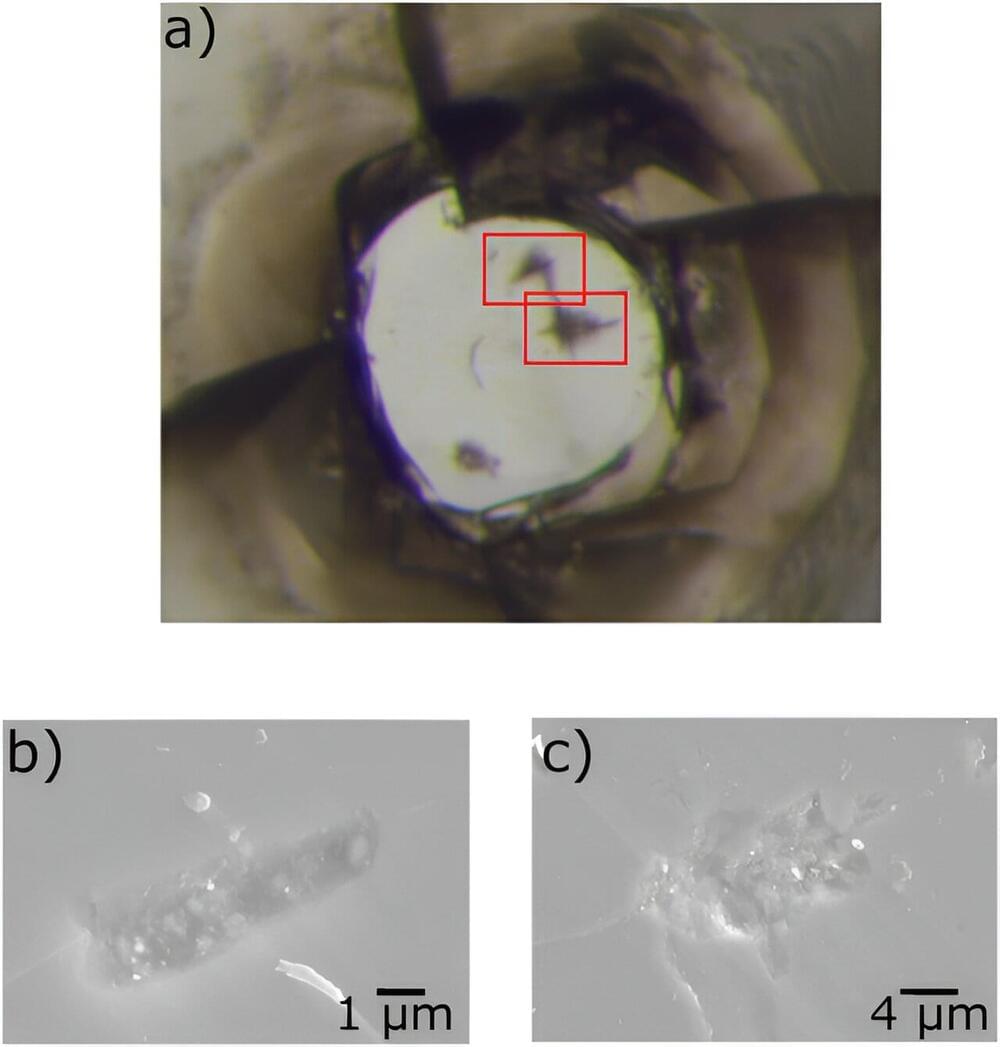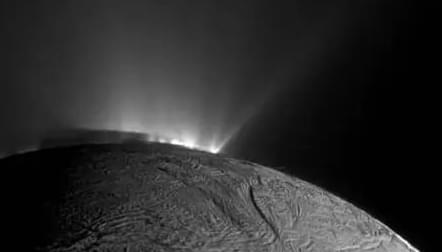Researchers at Western Sydney University in Australia have teamed up with tech giants Intel and Dell to build a massive supercomputer intended to simulate neural networks at the scale of the human brain.
They say the computer, dubbed DeepSouth, is capable of emulating networks of spiking neurons at a mind-melting 228 trillion synaptic operations per second, putting it on par with the estimated rate at which the human brain completes operations.
The project was announced at this week’s NeuroEng Workshop hosted by Western Sydney’s International Centre for Neuromorphic Systems (ICNS), a forum for luminaries in the field of computational neuroscience.

 עברית (Hebrew)
עברית (Hebrew)